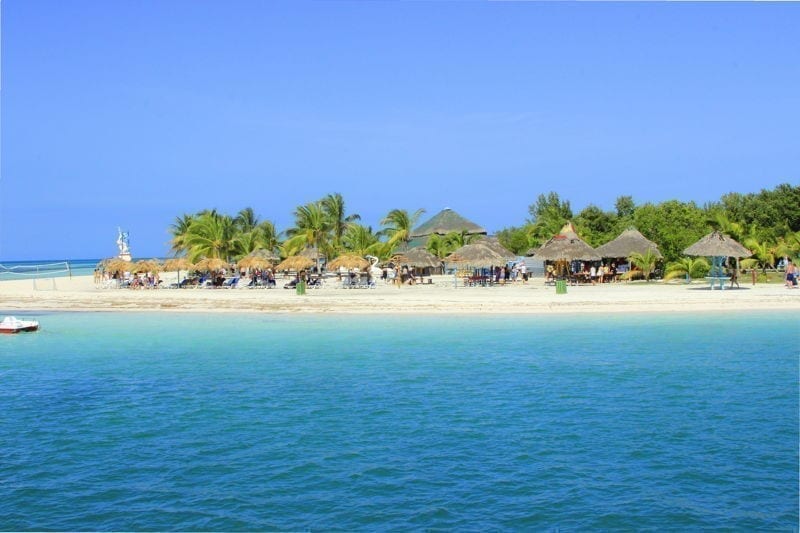Belize: A Caribbean Paradise Just A Flight Away
Belize is undeniably one of the best places in the world to hang your hat…
The search for land, water, gold, timber, and oil have led people from around the world to Belize since the Maya first settled in the region thousands of years ago.
With its forests, coastlines, and rivers, it boasts an embarrassment of riches in life-sustaining natural resources. For instance, these resources once supported an agrarian population of nearly 500,000 Maya and continue to provide for a range of lifestyles.
Today, Belize is a safe, welcoming and unassuming country where the population values personal privacy, self-determination, and freedom. And it’s one of the quirkiest places we know…
Belize City’s roadways are built around a system of roundabouts (thanks to her British colonizers), but shops alongside them sell rice, beans, and tortillas still ground by hand.
Everyone you meet speaks English (it’s the country’s official language), but this belies the stories of their origins.
The 350,000 people populating the country today are descendants of migrants from Britain, yes, but also and more so the surrounding Central American countries.
You’ve got Mexicans, Guatemalans, Hondurans, and Nicaraguans mixing with current-day generations of the Maya who originally inhabited this land, the pirates who came later, the Mennonite farmers who began arriving on the scene in the 16th century, the British who ruled until 1981, and each other.
Only a 135-minute flight from the United States, Belize is a tax haven, an investment haven, and a premier retirement destination.
In short, this is pure, classic Caribbean… With 250 miles of white-sand Caribbean beaches and more than 400 islands, plus expansive rain forests with huge networks of rivers and caves and Mayan ruins.
You could settle in Belize quickly and comfortably with rents starting at around US$650 a month. Double that rent, and you could make your home on the popular, sand-fringed island of Ambergris Caye.
Freedom-seekers Love Belize
Belize is a country of freedom-seekers. The pirates came to ply their pirate trading out of view. The Mennonites came from Germany and the Netherlands so they could be Mennonites without anyone bothering them.
The British came so they could bank in private. And the folks from the surrounding countries who’ve sought out Belize over the past few decades typically have made their way across this country’s borders in search of safety.
Belize is also one of the easiest places to become resident—and offers many tax and investment benefits to the retiree.
Since Survivor and Temptation Island put it on America’s radar, sleepy little Belize has been attracting attention for its white-sand beaches, coral reef, Mayan ruins, and virgin rainforest.
This under-the-radar, sand-fringed, English-speaking country in the Caribbean offers a warm climate… an affordable cost of living… lifestyle options from sandy beachfront to quiet inland retreats… safety… stability… privacy… independence… freedom…
Belize is a melting pot, a bouillabaisse—or, as the Belizeans would say, a boil-up.
That’s a Belizean gumbo made with yams, cassava, tomatoes, onions, sweet potatoes, fish, pig’s tail, water, salt, pepper, dough, eggs, plantains, and bananas. An exotic mix of familiar ingredients.
Belize is famous for its white-sand Caribbean beaches and clear, unpolluted waters. The best weather here is between December and April, making it perfect for snowbirds.
Since the official language is English, it’s easy for expats to thrive. Belize offers one of the best residency programs you can find.
Living In Belize
While English is the official language of Belize, you may find minor language barriers due to the pidgin English spoken in the country.
Belizeans will switch to an English you can understand, but don’t be surprised if you must pick up on the creole.
Asking for directions might be very confusing. There may be no streets named or left/right indications when you ask for directions which can be frustrating for many.
It is well known that infrastructure is not Belize’s strong suit, but it is improving: Still it is not like what you would find in the developed world.
Property tax is very cheap. This can be good, but it has a downside. The low property taxes mean that there are not a lot of resources allocated for infrastructure, health care, etc.
For non-Americans, Belize offers income tax-free living, with legal residency that is easy to obtain through the country’s Qualified Retirement Program (QRP). Foreign residents pay no tax in Belize on non-Belize income. So, if you are British, German, Australian, or Irish, for example, you could join the QRP and reduce your overall tax burden to virtually nothing.
The money needed to retire here is low, you can move here with only your social security check. If you want to live in Belize it’s close enough to the States that you can even drive down.
This country can be a wonderful sun-and-fun-filled place to live, but like any place, there are things to be aware of.
Crime in Belize does not involve organized crime like in Mexico, Guatemala, and other countries in the region.
Through history, the economy of Belize has relied heavily on its primary industry of logging. Most importantly, Belize is also a banking haven, one of the few remaining in the world, a jurisdiction where every bank must always maintain a minimum of 24% liquidity and bankers respect bank secrecy.
Belize is one of the easiest places in the world to open an offshore account.
Most importantly, the country claims a spot every year at or near the top of our Best Places In The World To Retire List.
Stores in Belize accept U.S. dollars, but prices are marked in Belize dollars. Something marked $10 is 10 Belize dollars or US$5. You can pay in U.S. or Belize dollars, but you’ll receive change in Belize money.
Cost Of Living In Belize
Belize is a little country, both Caribbean and Central American. Generally considered one of the best values in the Caribbean, it is relatively expensive by Central American standards. It can appear that way at first.
Like anywhere else in the world, the cost of living is highly dependent upon your lifestyle. The more time you spend here, the less expensive it can be.
All too many expats fall into the trap of living overseas as if they are on vacation—living in a lavish resort-type setting and buying imported wine, food, and other products.
After the first few months in their new home, they have blown their budgets and never get settled in.
The key to maintaining a low cost of living in Belize is to get to know the local vendors, farmers, and suppliers. Many Belizean enjoy higher standards of living than many ‘First World’ residents.
They purchase locally grown foods, for example, which are far superior to the more expensive processed foods imported from abroad.
Will you be happy with a local diet of beans and rice, or do you prefer American staples?
Local grocery items, like flour, rice, and sugar, are inexpensive. Local fruits and vegetables at the outdoor markets are inexpensive too.
Chicken is a staple in the Belizean diet and it’s low-cost. You’ll pay US$4 for 30 eggs. Go to a local butcher to get beef, pork, fish, shrimp, and even salmon. Pork chops cut to order cost US$4 a pound.
About US$100 should be enough for your weekly grocery bill. You can also find American products at grocery stores… but you will be spending between 25% to 50% more on groceries if that’s your preference.
Import duties are generally high in Belize. In this case, the Qualified Retirement Program (QRP) visa offers an advantage.
With the QRP, you’re allowed to bring your household goods and a car duty-free. However, you need to remember that this is a one-time deal.
Having a car is expensive because the import duties and gas taxes are high. Also, a strong 4×4 car is best in Belize.
Maintaining a car may be one of the most expensive things to include in your budget. It is possible to live without a car on the mainland, but if you want to go elsewhere, you should consider a car.
Health Care In Belize
Belize is recognized for many advantages and attractions, but medical care is not one of them. Health care is not a strong suit for this country, but it is slowly improving.
Local health insurance companies have plans that cover you in Belize but also in Guatemala and Mexico. Many go to these countries to get treatment.
Also, you could opt to go to the United States if you need medical treatment since it’s so close.
Getting To Belize
For such a small country, Belize enjoys an abundance of international airline connections.
There are direct flights from Los Angeles, Dallas, Houston, Chicago, Newark, Charlotte, Miami, and San Salvador on major airlines such as American, United, and Delta.
For example, try using Kayak to find and compare airfares. Belize is only a two-hour flight from Miami and three hours from Dallas.
Tropic Air, a local Belizean airline, also flies to neighboring Cancún,
Roatán, San Pedro Sula, and Guatemala City.
Best Places To Live In Belize
The whole country has a small-town ambiance. It is easy to become a part of the community. Both locals and expats are welcoming and willing to lend a hand.
Belize also offers a lot of what many tourists, retirees, and investors are looking for: Sandy beachfront, both along its mainland coast and encircling its offshore cays.
Prices for a bit of sand on quintessentially Caribbean Ambergris Caye , are very affordable by Caribbean standards, and there is an active and vibrant community, trendy restaurants, expat-run cafés, and lively beach bars among the places to live in Belize.
Alternatively, the Cayo region—which boasts Mayan archaeological sites, caves, streams, waterfalls, and forests—offers incredible opportunities for embracing a self-sufficient life.
Off the grid options where you can live independently and grow your own food are available in the Cayo region.
Interactive Map Of Belize
Click on any highlighted city or region to explore in-depth guides on what life is like there—from cost of living and climate to culture and real estate opportunities. Each location featured is one we’ve carefully reviewed and consider among the most livable and investment-friendly spots in Belize . Use this map as your starting point for discovering where in Belize your ideal lifestyle awaits.
Where Is Belize Located?
Belize is located in northern Central America, bordered by the Caribean Sea to the East, Mexico to the North, and Guatemala to the South and West.
Above all, Belize is a small country. A land mass of 8,867 square miles makes it roughly the same size as Massachusetts. And, Belize’s location gives access to different landscapes.
The country is approximately 180 miles from North to South and 70 miles from East to West. Although small in size, it is rather diverse in environment.
The Northern half of Belize is more flatlands whereas the Southern half is a low mountain range.
The Maya Mountains, as they are known, reach a little over 3,500 feet above sea level at their highest.
Above all, Belize is a narrow country with a mountain range along its western border and the Caribbean Sea as an eastern border. These conditions combine to create weather variations.
So, as you go further south in Belize, annual precipitation increases drastically. It is this rain which gives southern Belize its lush tropical rain forests.
Just offshore from the mainland, you can experience marine life since Belize has the second-largest barrier reef in the world, including the famous underwater atoll, known as the Great Blue Hole.
Plus, English is the official language of Belize.
Two Main Lifestyle Options In Belize
1. The Mountains
Cayo is a great option in the mountains of Belize. It’s a little higher than sea level so the weather is a little cooler here compared to other areas.
Cayo is where you go to be in the countryside of Belize and be self-sufficient. The main town in Cayo is San Ignacio. Here you’ll find supplies, stores, and an expat community. Although it’s not fully developed, Cayo is attracting more and more people.
2. The Ocean
Ambergris Caye is a popular destination. However, if you don’t like to live on an island, it might not be for you. A plus of Ambergris Caye is that there are hundreds of expats so you’ll have a strong community of like-minded folks and lots of amenities for expats.
Ambergris Caye is known for diving and snorkeling, it’s the place to be if you like to be near water.
Other popular destinations in Belize include Placencia, Northern Belize, and Corozal. The areas aren’t as developed but more and more expats are moving there.
A great plan is to switch your time between the mountains and the beach areas. This is very easy to do because Belize has a great, reliable, and affordable internal network of flights. In this way, it’s very possible to embrace the many faces of Belize.













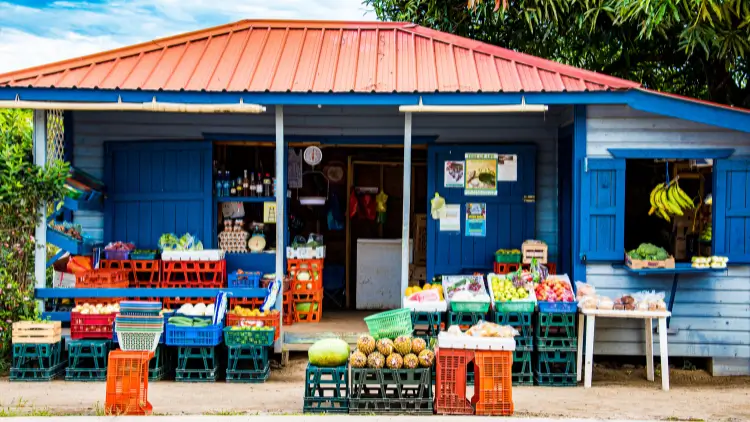
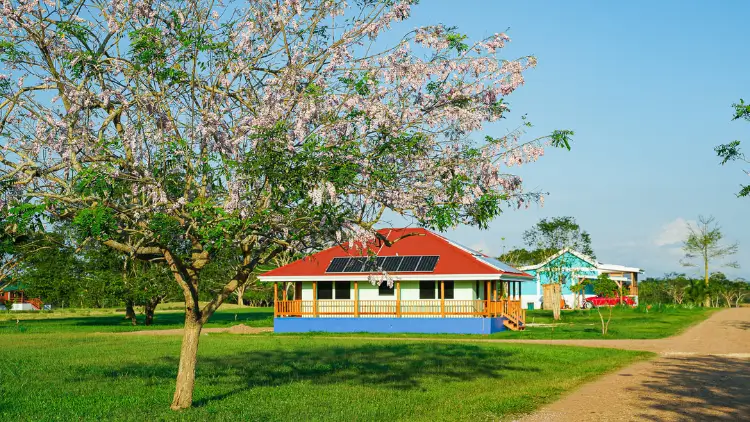
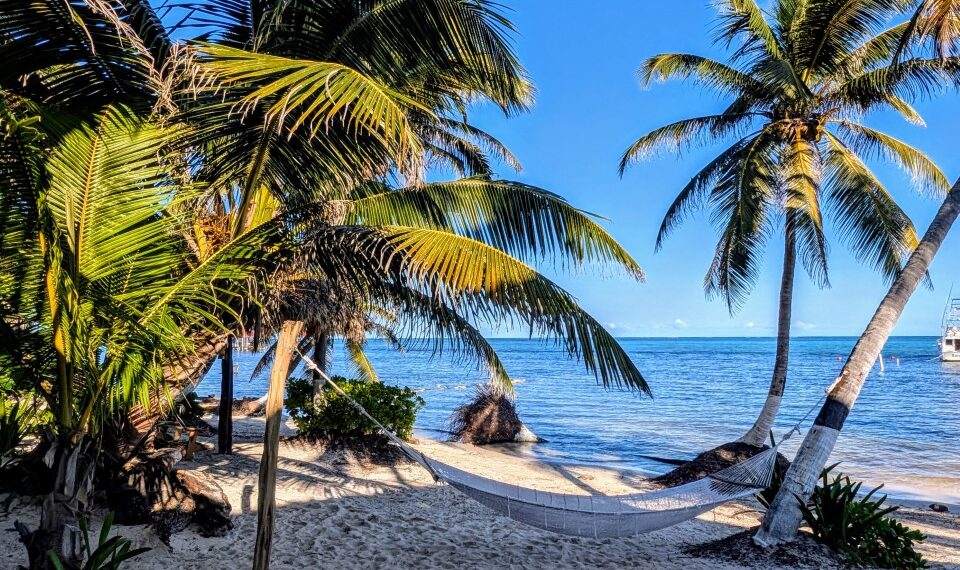 . '
. '
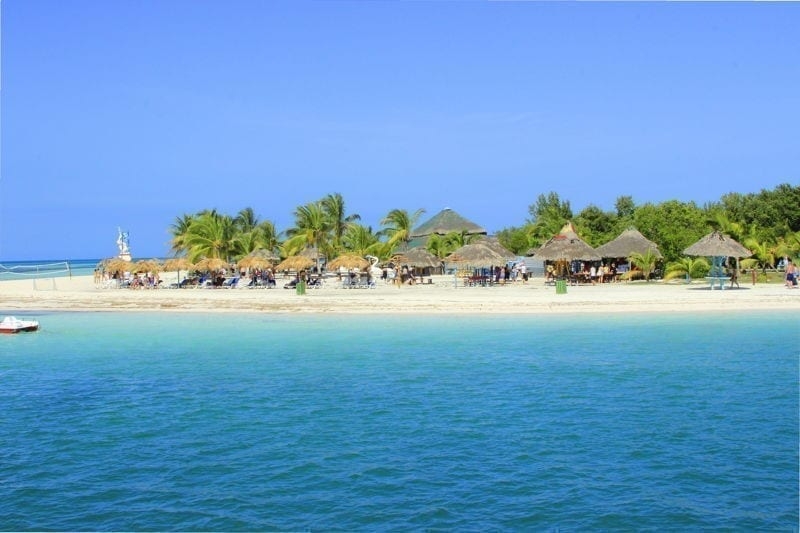 . '
. '
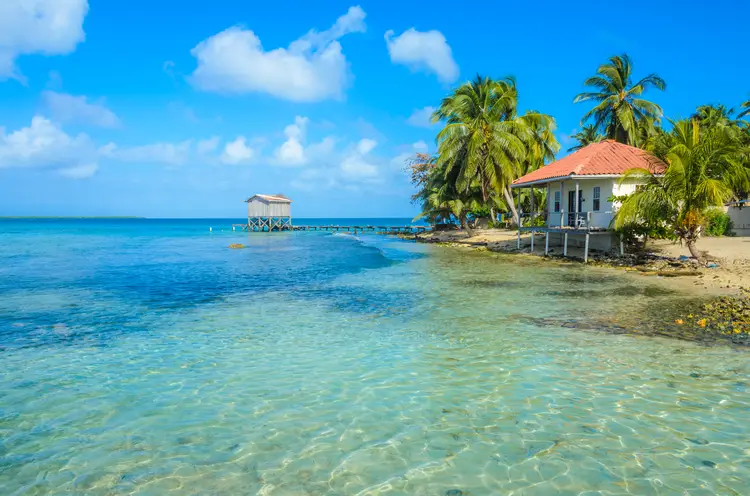 . '
. '
 . '
. '
 . '
. '

